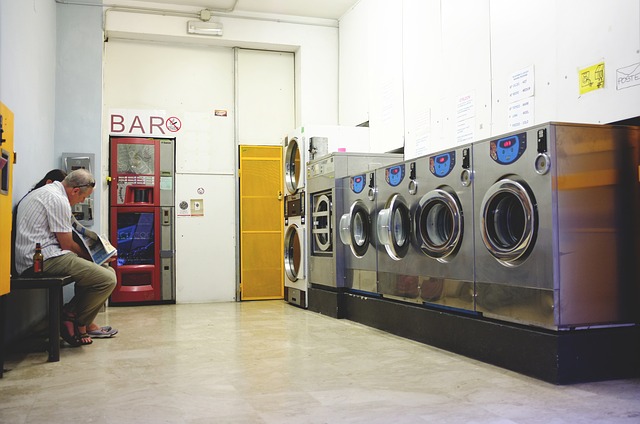This article will cover how plastics and nylons from laundry water can Wreak havoc in a drain field. Since environmental awareness was stressed decades ago, being conscious of what you use is given much importance. Love for the environment is called for primarily in the home. This is where all values are formed and to be effective in it, every member of the household should practice good garbage disposal habits and green home maintenance. This means that every component you use in and around your home should be environment friendly. It may be a fact that green living is starting to become a priority for many communities but it is still a fact that plastics are still present in many homes. Appliances, furniture, and clothes have plastic components in them.
Plastic is a substance made up of organic and inorganic compounds. It is never all natural. Plastic will always be synthetic. Nonetheless, scientists are looking for ways on how to make plastic more biodegradable. Biodegradable plastics will degrade but it will never completely decompose. That is why if plastic makes it into your septic system, problems will start taking place.
As you know, the septic system is your personal wastewater treatment system. It treats and purifies greywater and blackwater. Greywater is wastewater from the shower, drains, dishwasher, and washing machine. Blackwater is wastewater from the toilet. A septic system that deals with both types of wastes also deals with possible non-biodegradable substances that bring problems to the process of wastewater treatment. Plastic can make it to the septic system through clothes. Laundry water may harbor elements in garments that are made of nylon and other plastics. Plastics are used in fibers and other add-ons to make up fabrics. Clothes and other accessories such as bags could leave decorative elements in the laundry water as they are run in the washing machine. Even if you check these items for loose plastic decors, you can never tell if the fibers will loosen up or detach during the washing process. You should understand how plastics and nylons from laundry water can wreak havoc in a drain field.
The drain field is a very important part of the septic system. It is where the final stage of treatment takes place. The drain field has aerobic bacteria that break down minute particles of waste that may still be left in the clear effluent. These bacteria also regulate bio-mat that purify the effluent before it is released into the surrounding environment. Plastics and nylons are non-biodegradable substances cannot be broken down by both anaerobic and aerobic bacteria. Because most plastics remain what they are in the septic tank, these compounds only clog the tank and the drain field. If the septic expert is not called immediately to correct this problem, the septic system will eventually fail.
Plastics in general are now made of both organic and inorganic (non-biodegradable) substances. Many scientists are finding out ways to make plastic biodegradable but no matter what they add, plastic is still not completely broken down. This leaves the problem of plastics and nylons still prevalent to septic owners. In order to help the problem or at least reduce the degree of drain field issues that you have to face, you should step up to the plate and do the following:
- Add more filters in the inflow and outflow pipes of the septic system. You should do this to improve the condition of your drain field significantly. Adding more filters will separate the unwanted plastic and nylon fibers from the items that you wash in your washing machine. If you get rid of them by sorting them out efficiently, then your drain field won’t be clogged at all.
- Learn how to segregate your clothes before washing them. This will give you ideas about which clothes you should pay attention to.
Plastic and nylons will always be present around the household. It is your responsibility to make sure that these compounds do not cause drain field or overall septic system.
